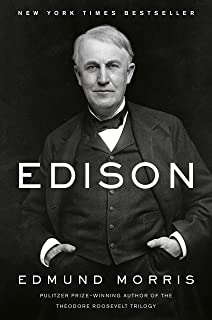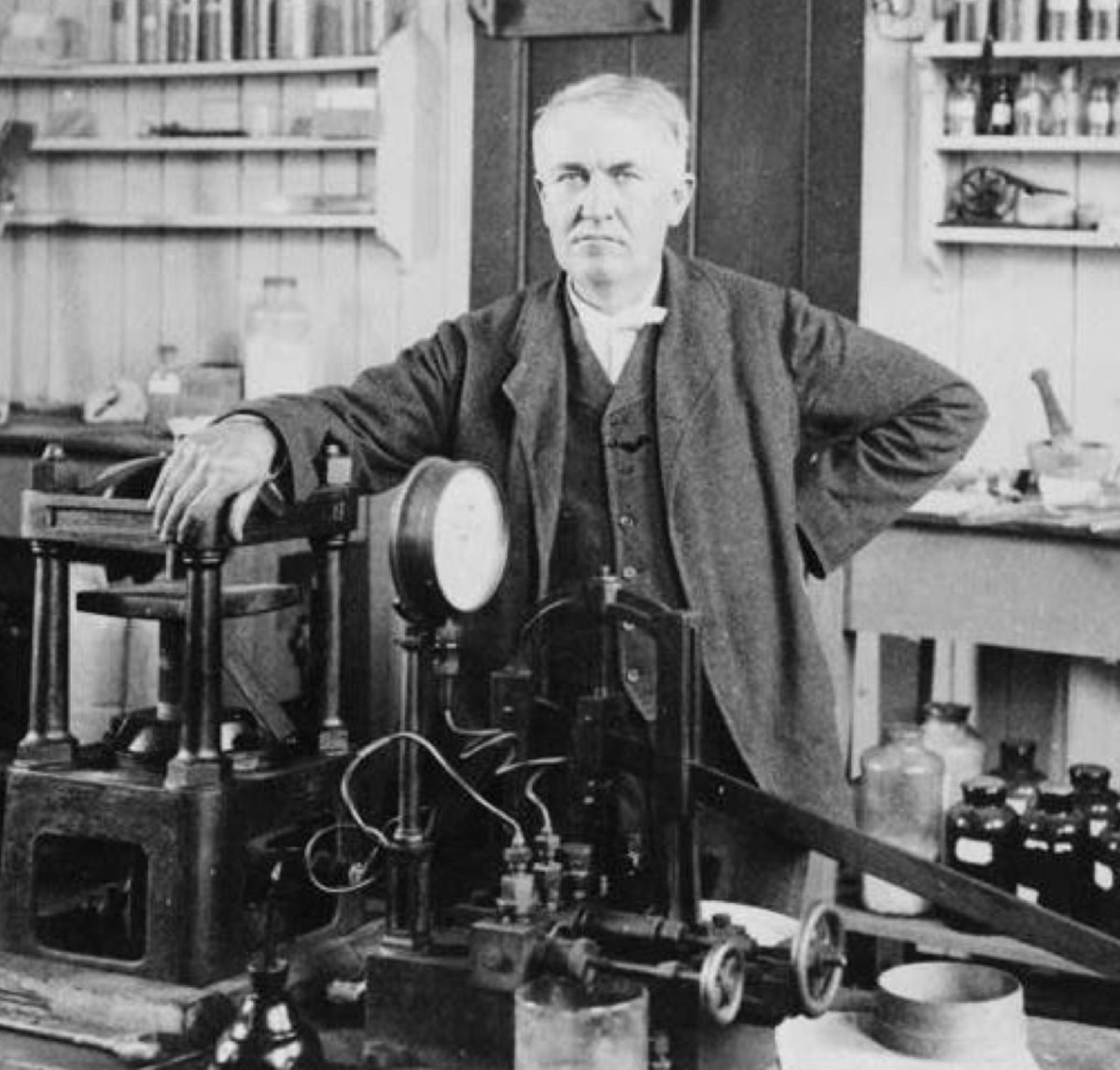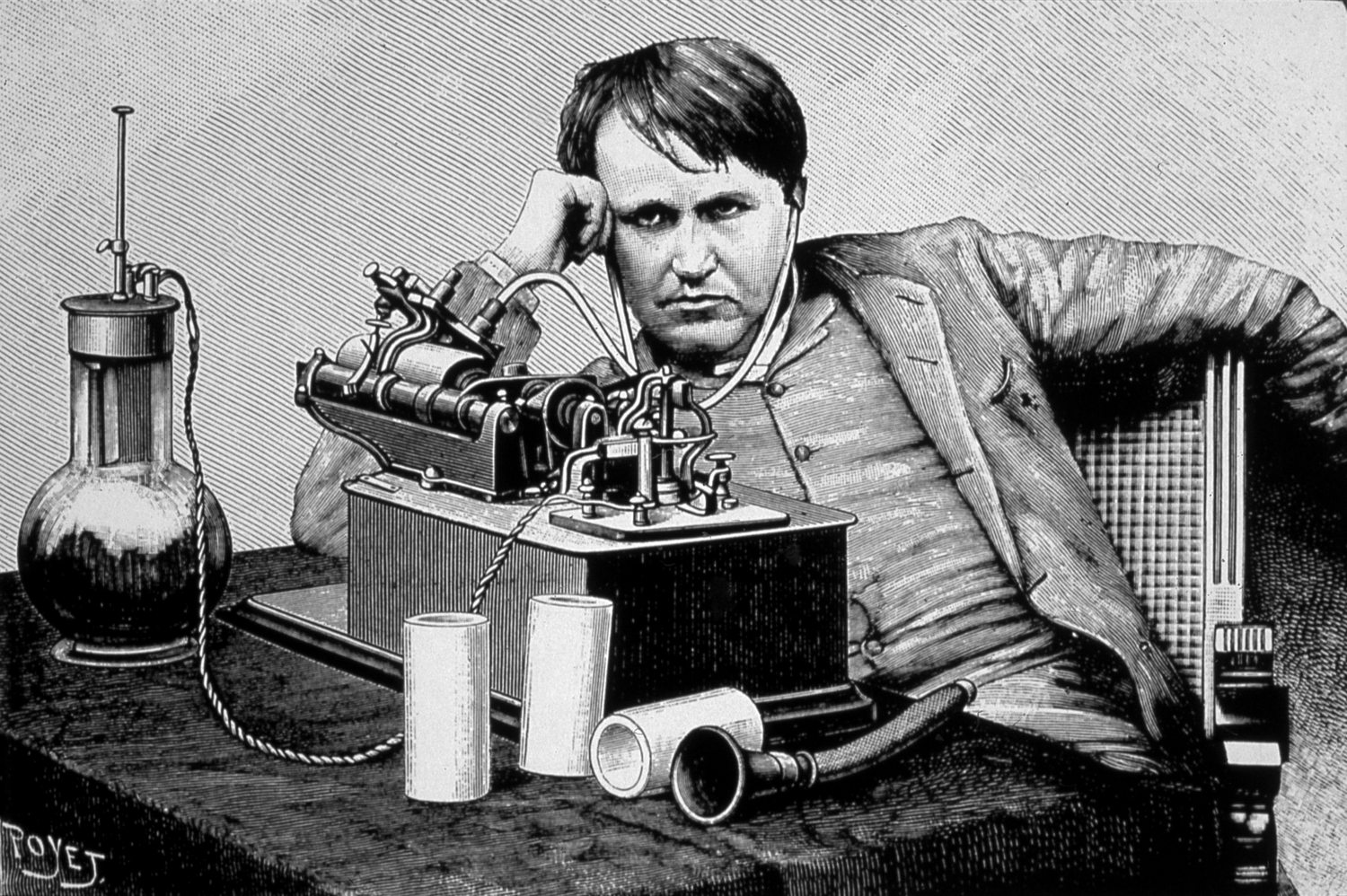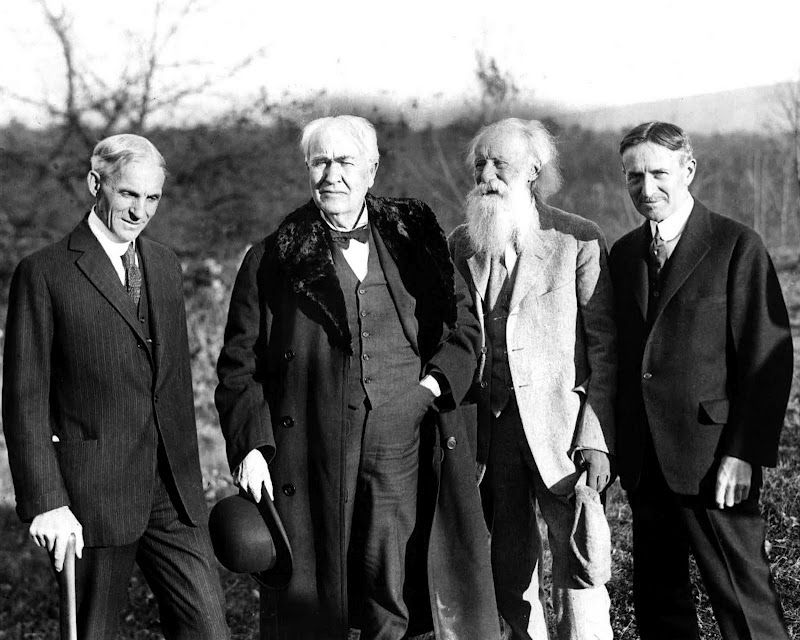 Whenever you pick up your phone and say “Hello,” or hear Adele crooning those two syllables, keep in mind that Thomas Alva Edison, America’s greatest inventor, coined the word was immediately popular and quickly replaced the more common phone greetings of “Haloooo!” and Alexander Graham Bell’s preferred “Ahoy!”
Whenever you pick up your phone and say “Hello,” or hear Adele crooning those two syllables, keep in mind that Thomas Alva Edison, America’s greatest inventor, coined the word was immediately popular and quickly replaced the more common phone greetings of “Haloooo!” and Alexander Graham Bell’s preferred “Ahoy!”

If coining a word can be classed as an invention, the creation of “Hello” complied with a vow that Edison made as a young inventor. After he had created a device to speed up vote counting in legislatures, he discovered that the politicians liked their slow manual process because it allowed time for the haggling that led to successful legislative results.
He resolved that from then on, he would only invent things that people wanted to use, and he was obviously quite successful at that. Most people think of the light bulb when they think of Edison but there was more, much more, that this self-educated genius invented.

His personal favorite was the phonograph which derived from work he had done on the telegraphy recording that was needed to speed up translation of Morse code. But, whenever you buy a flashlight battery, know that Edison also created alkaline batteries for the Navy after discovering that the diving angle of submarines was limited to 150 because the acid in lead-acid batteries spilled, creating a poison gas . . . hardly a good thing in the closed environment of a submarine.
Edison was a true polymath who believed that he could find a solution to any problem. To a large extent his foundation was physics, but he also was expert at chemistry and pretty good at mathematics. He was self-educated and a quick study, but he was never able to come to grips with Einstein’s theories. That may have been in part due to his lack of respect for “book-learned scientists,” even as many of those same scientists begged for a chance to learn from him.

He was also an entrepreneur, starting businesses as an adolescent selling produce from his father’s home farm. He started companies you are familiar with such as General Electric and Consolidated Edison. His business successes and failures could fill a book of their own.
That’s just a taste of what you’ll learn in the 636 pages of Edmund Morris’ new biography of Edison. There’s a whole lot more to learn and as a tech junkie I enjoyed learning it.
However, reading the book was a bit of a struggle because of Morris’ crazy decision to write the book backwards. He starts off at the end of Edison’s 82 year life as he worked through the problems of biology and genetics to find a domestic plant that would produce latex so that America wouldn’t find itself short of rubber as it had during World War I (he failed at that).
600 pages later we get to his birth and upbringing and the family characteristics of his mother and father that created his genius by which time we have worked our way backwards through his life. Keeping it all straight was difficult and would have been made much easier if there were an appendix with a chronology of his inventions and businesses to help the reader keep things straight. Perhaps a better solution would be to write the book in correct chronological order.
But I enjoyed the book quite a lot.
Recent Comments